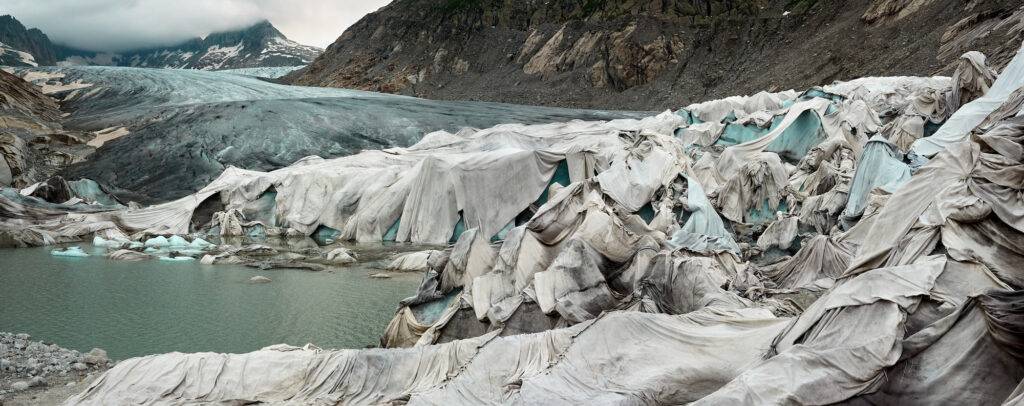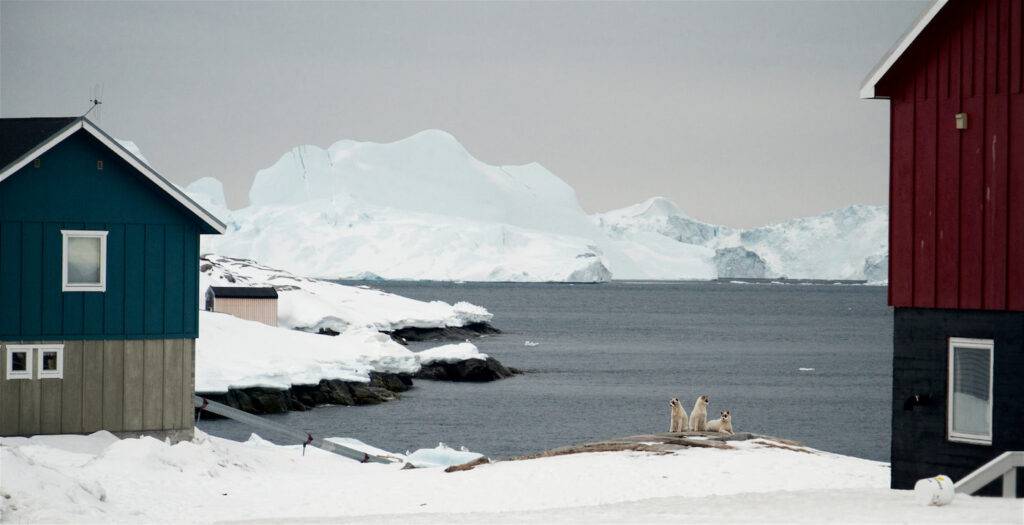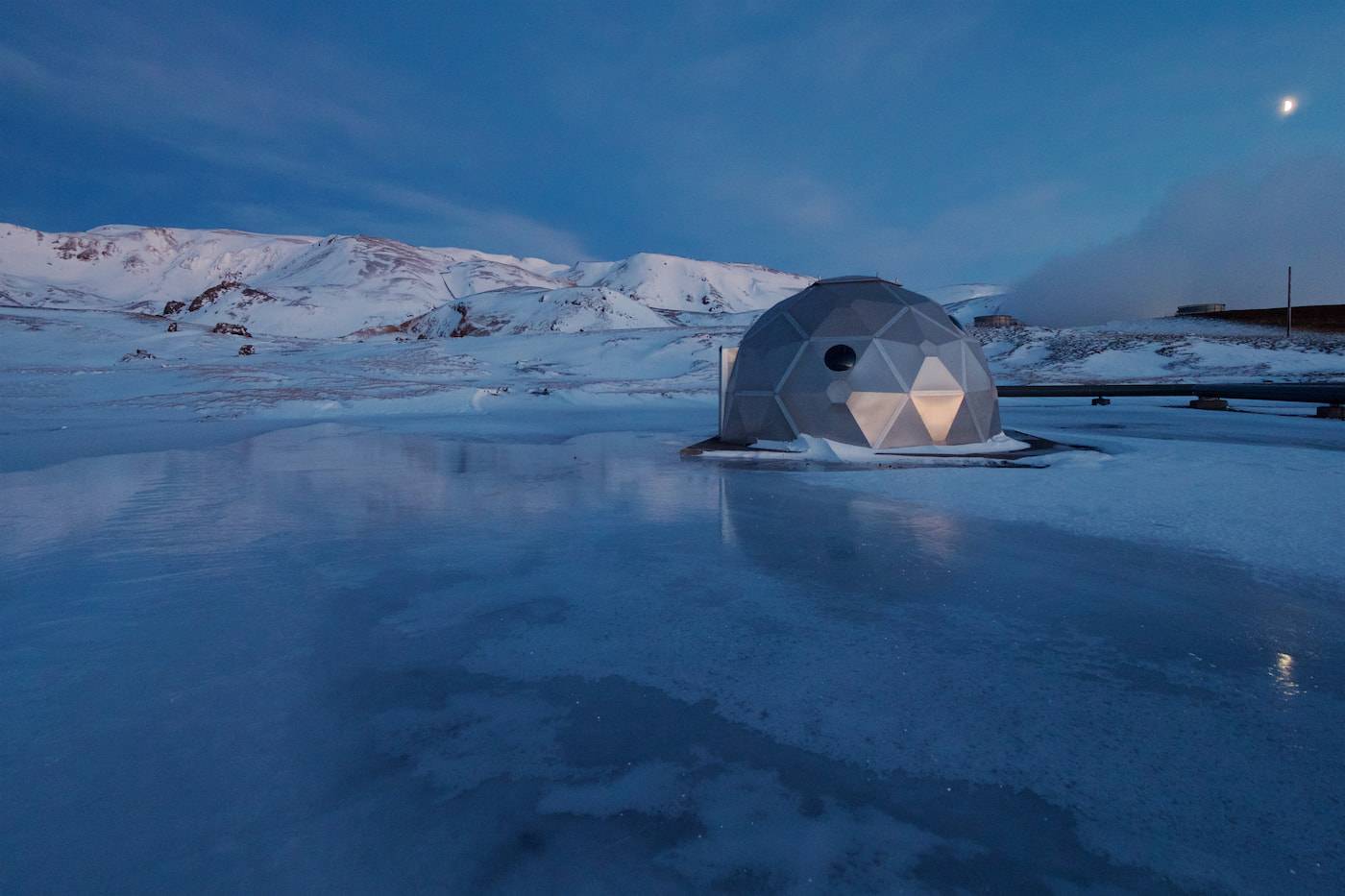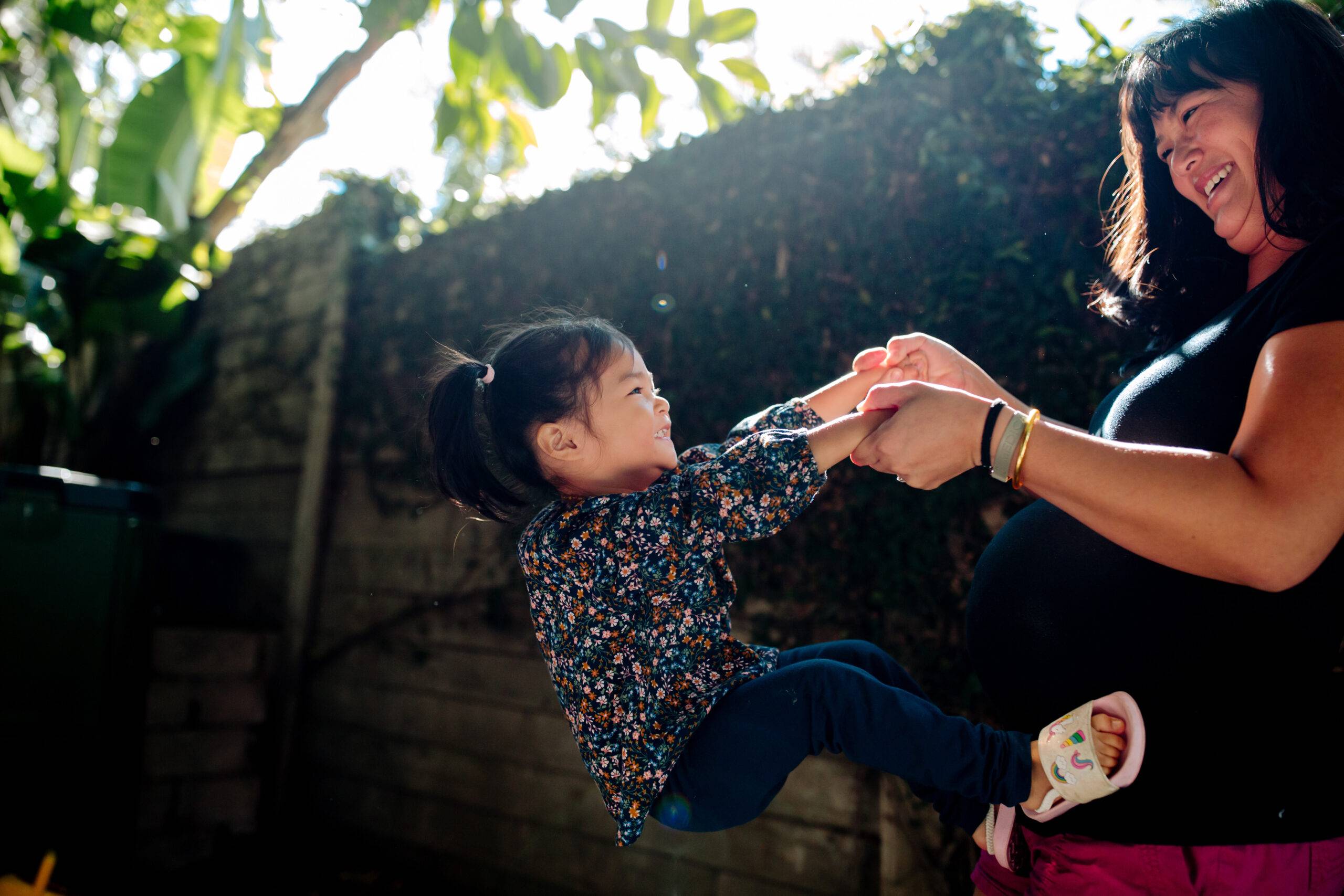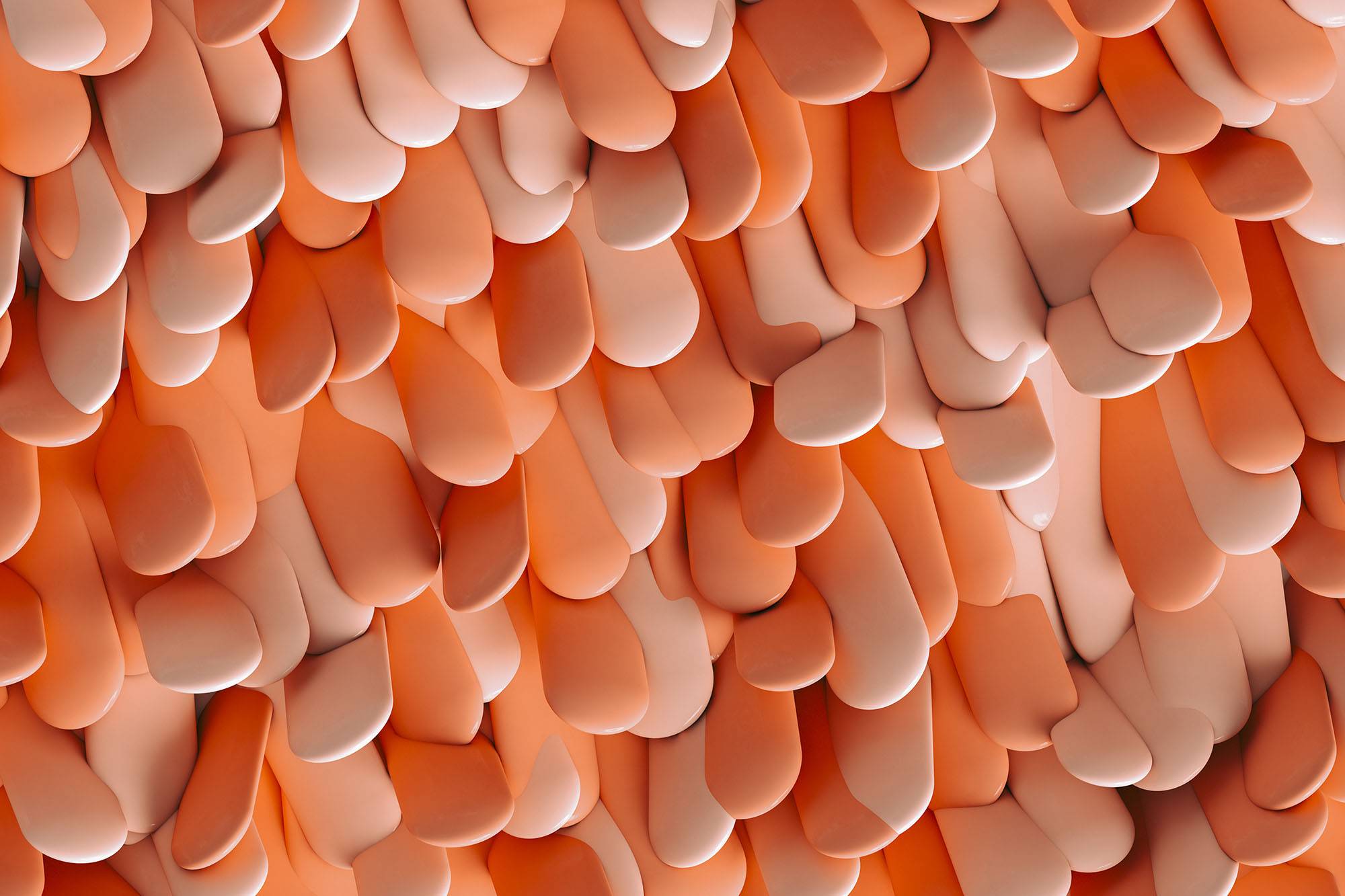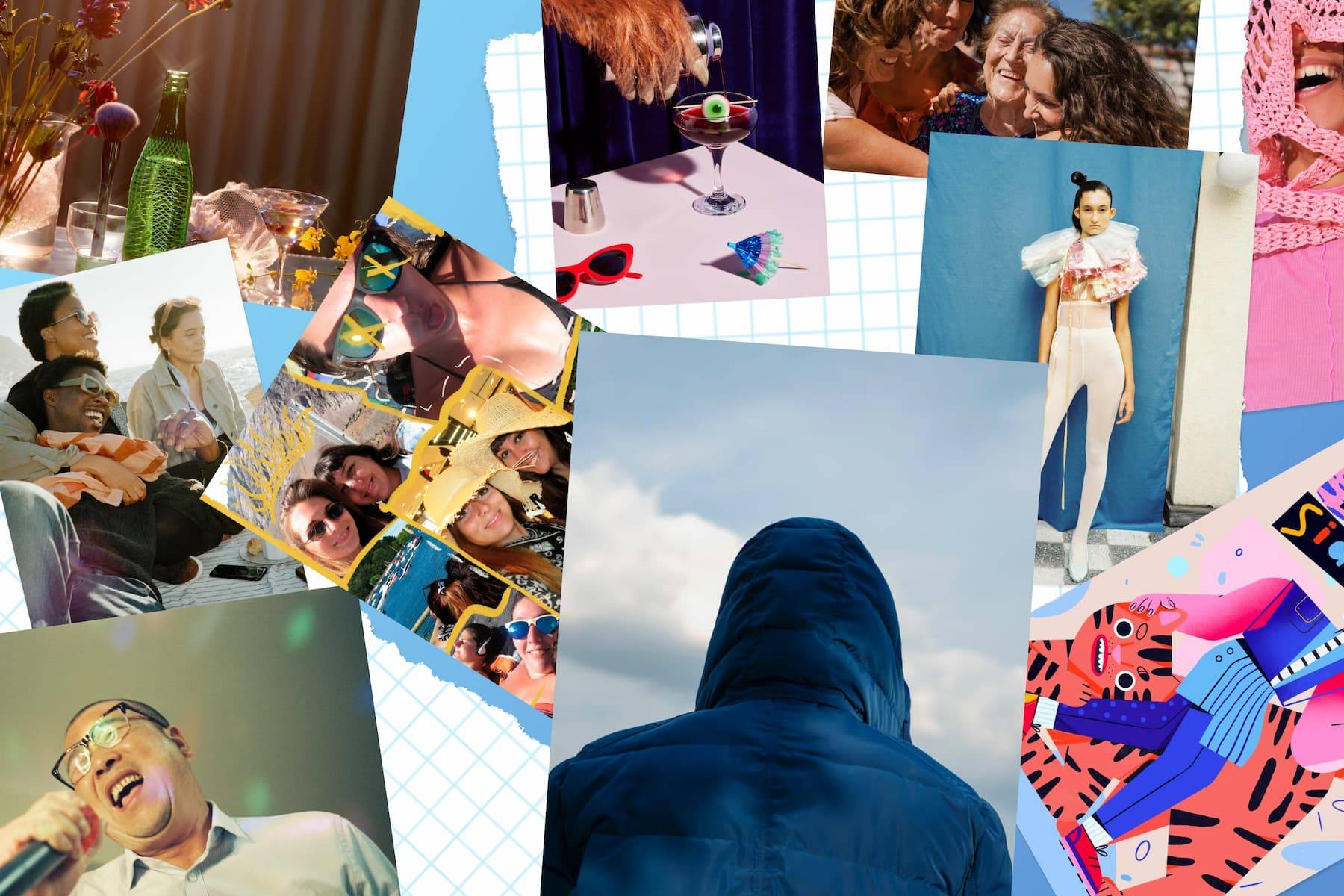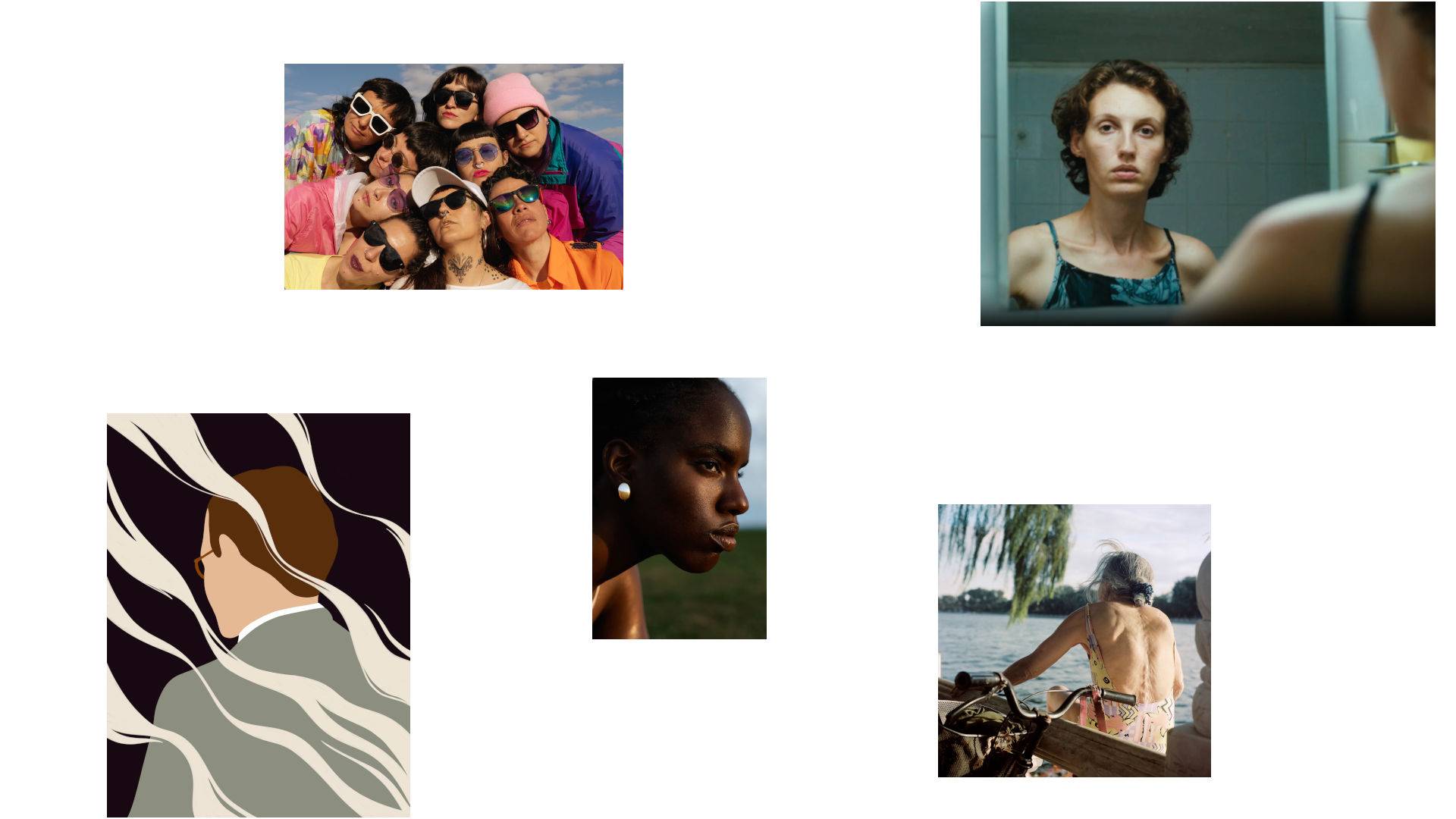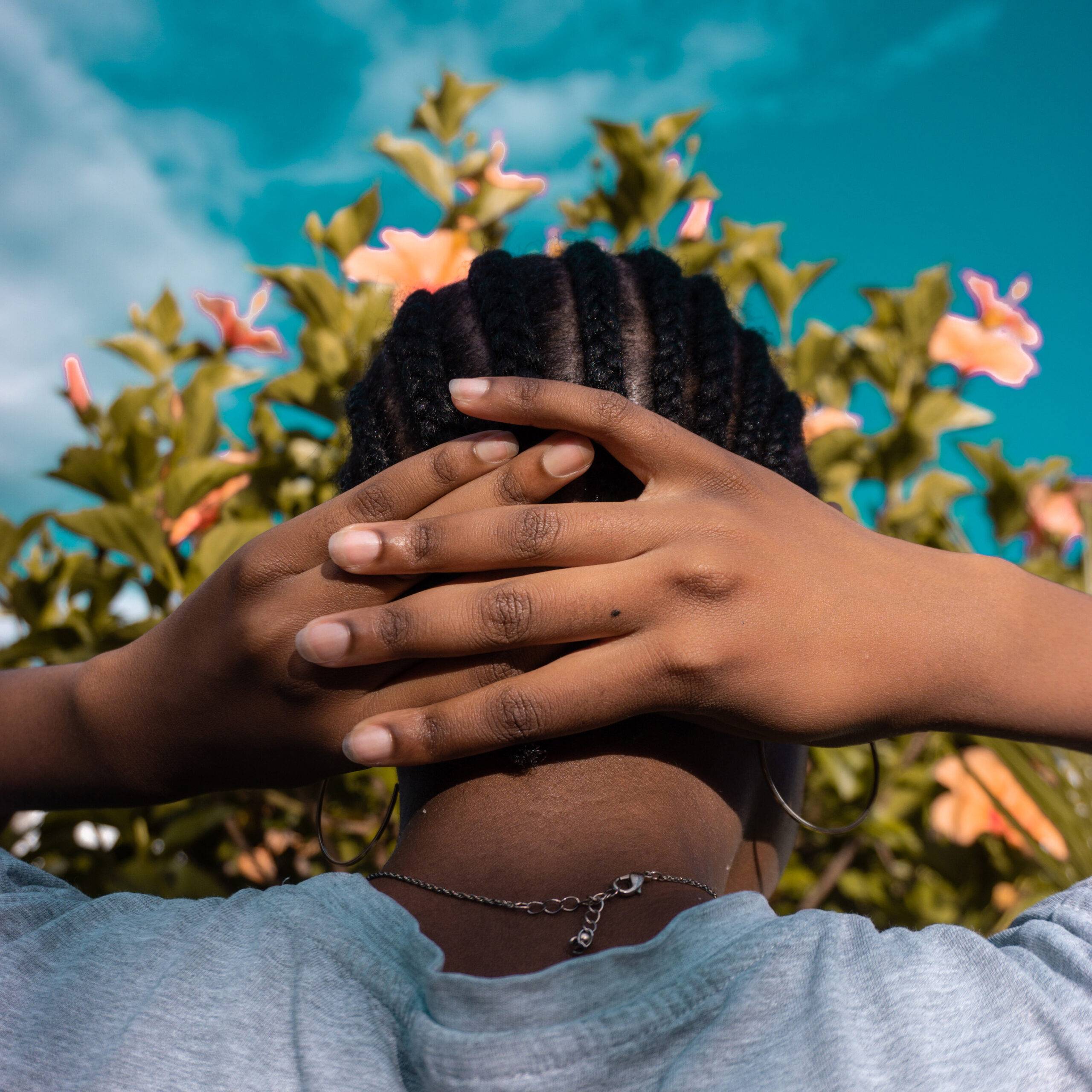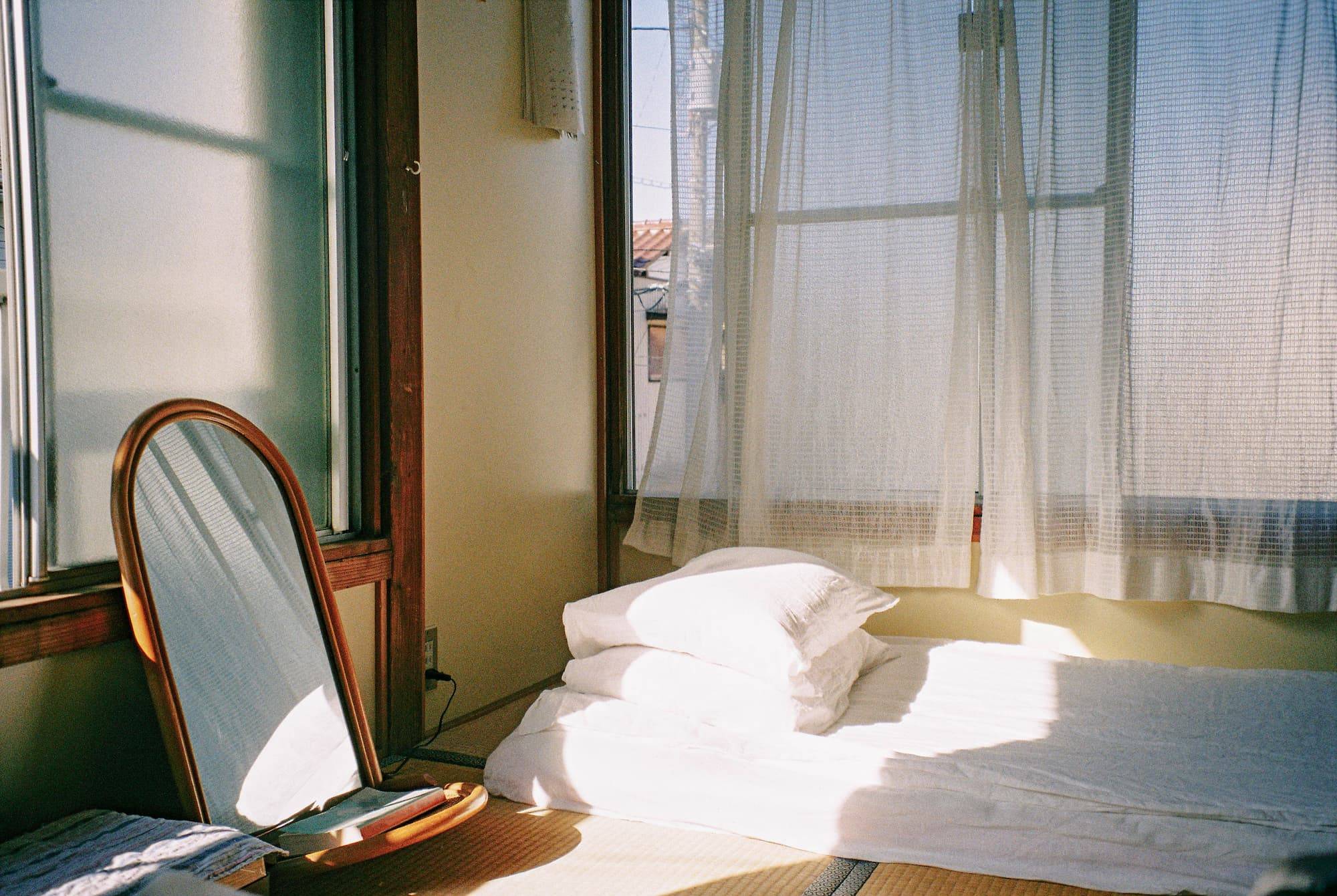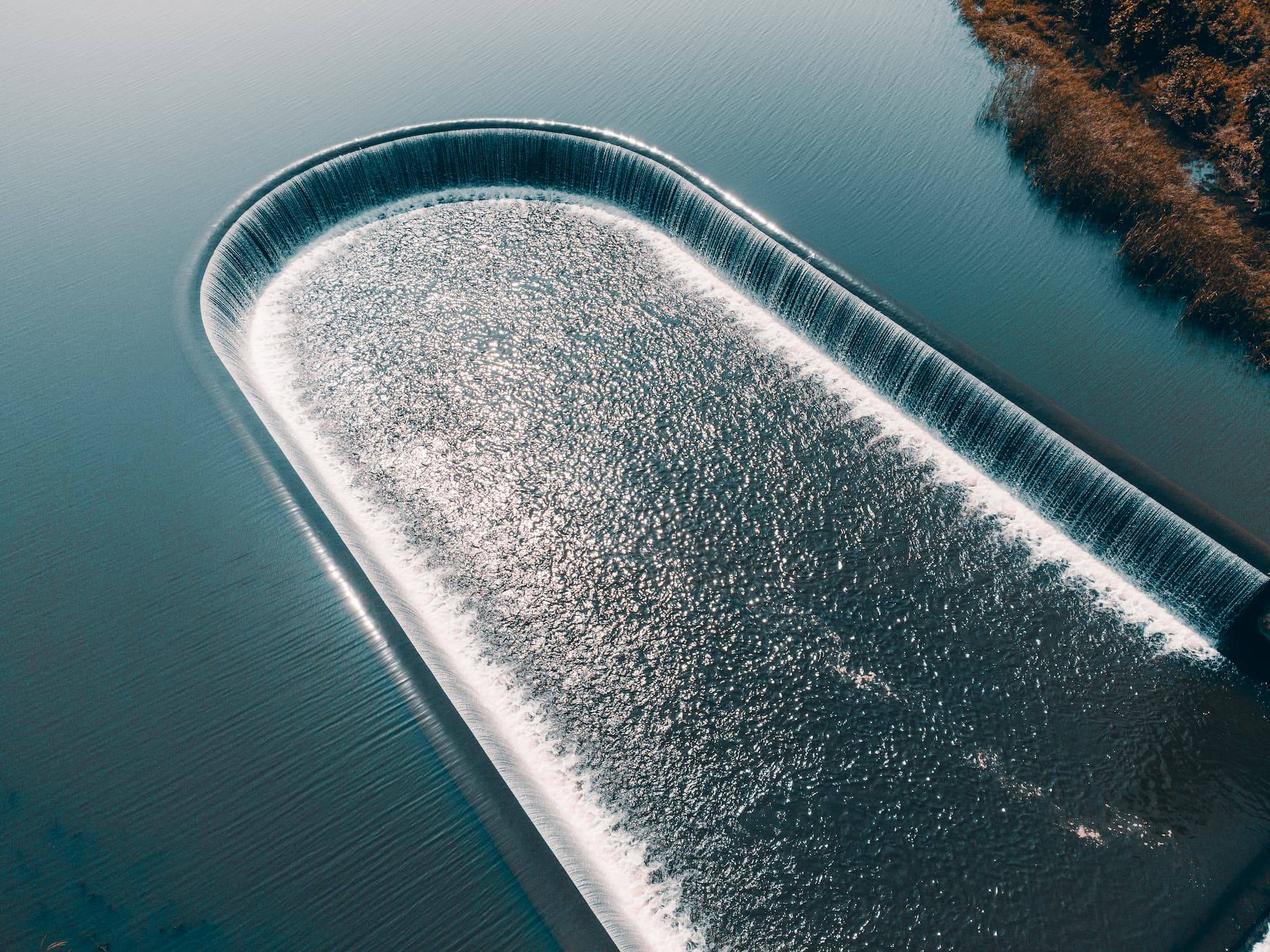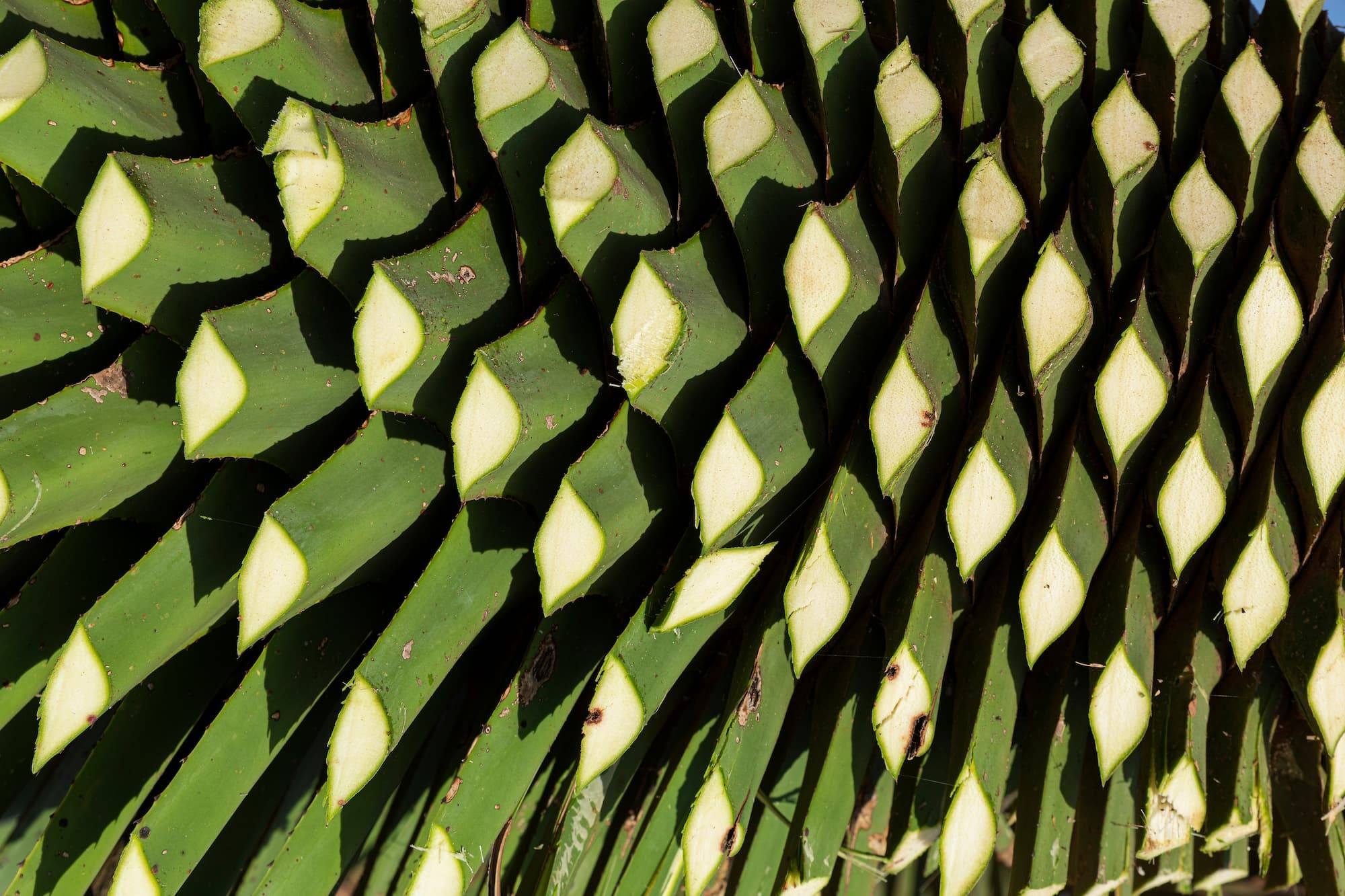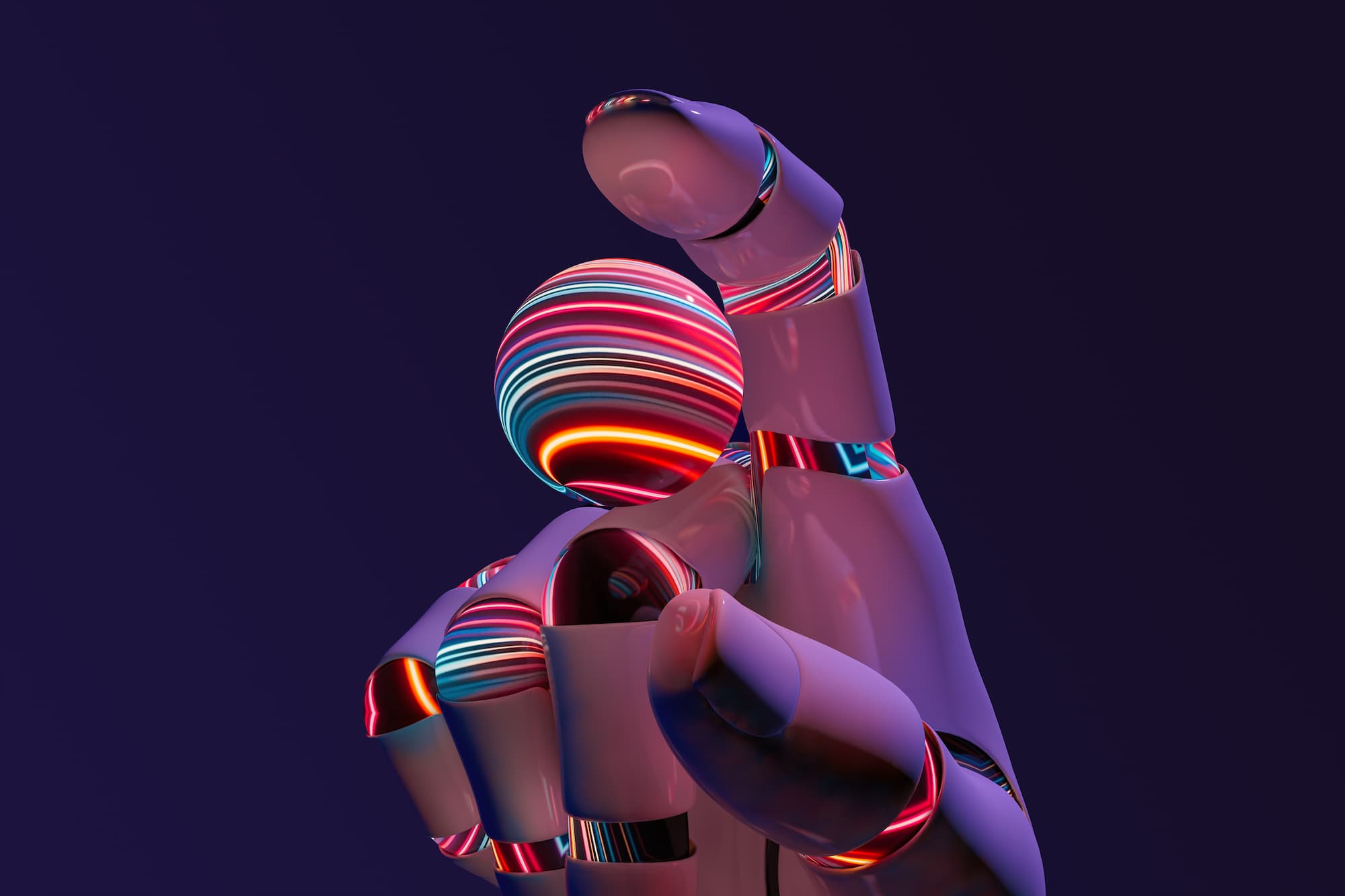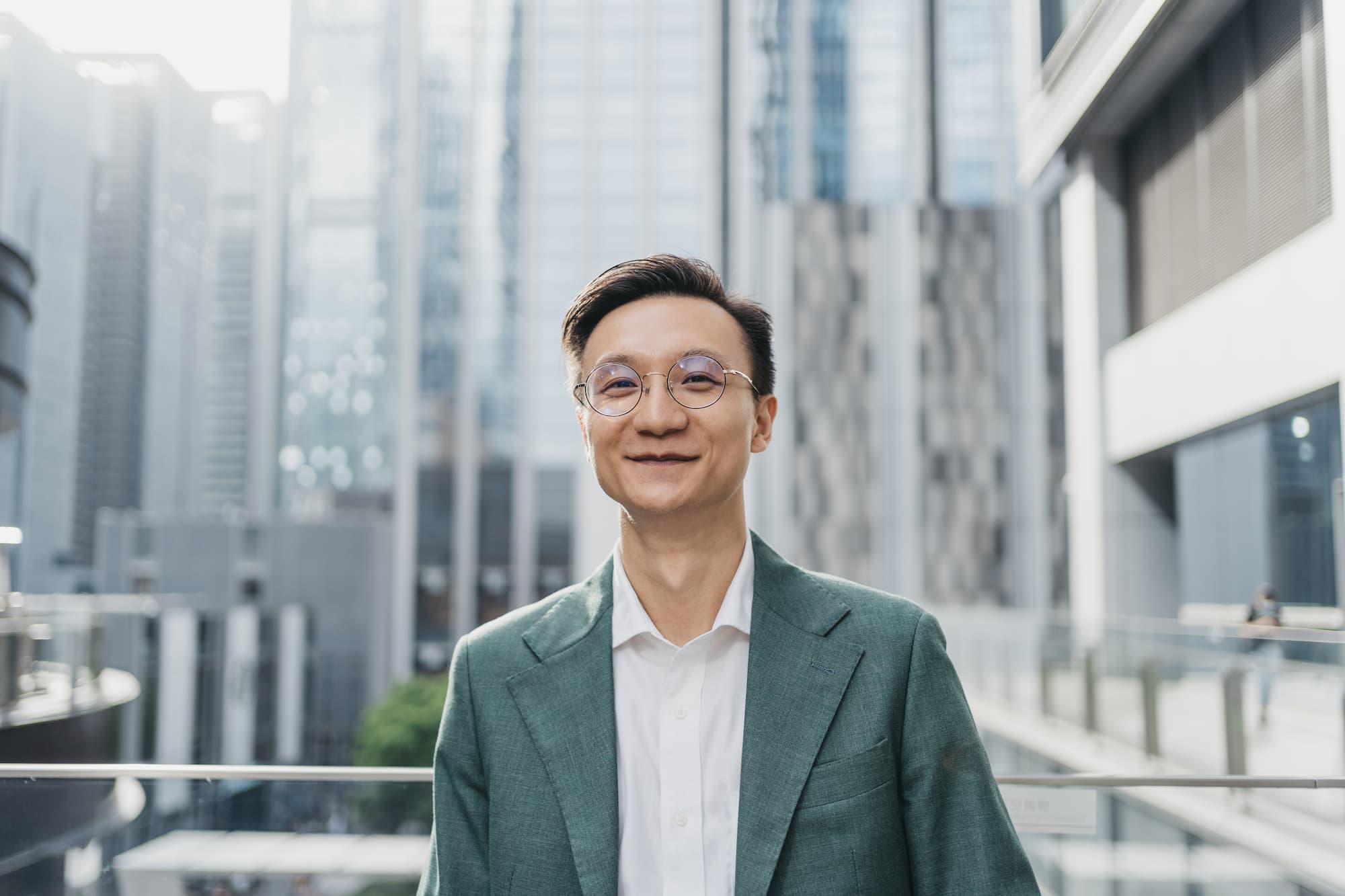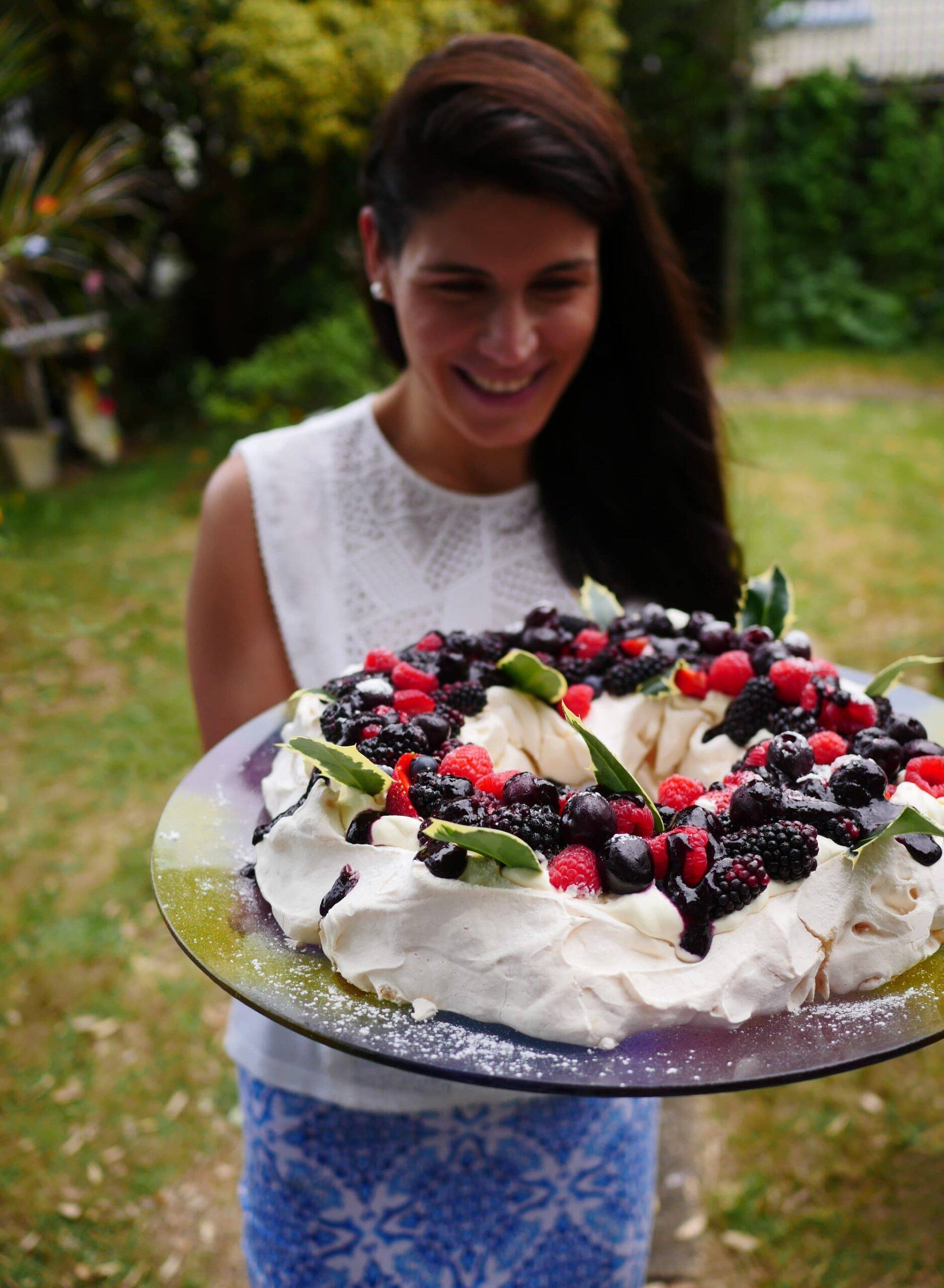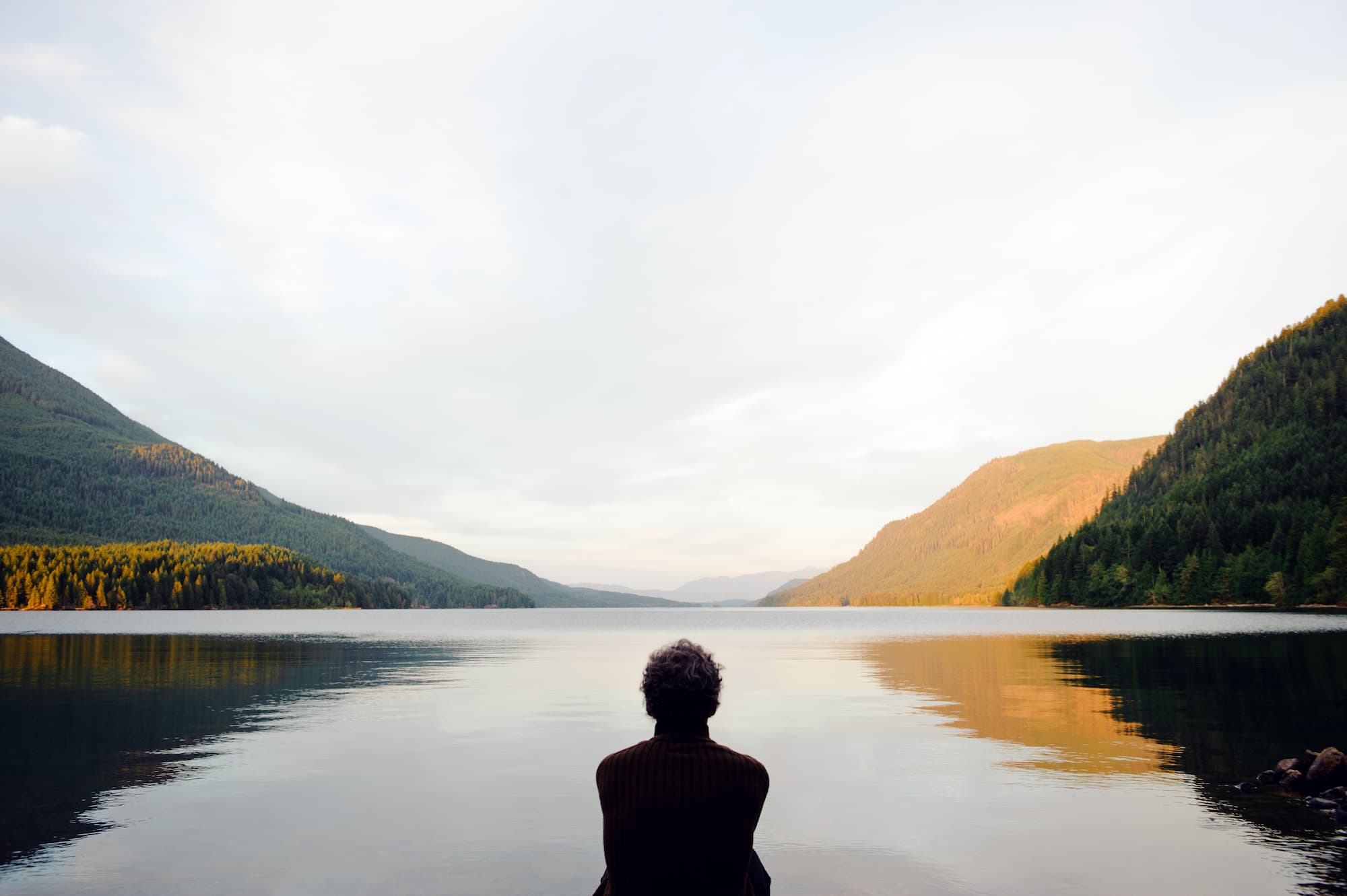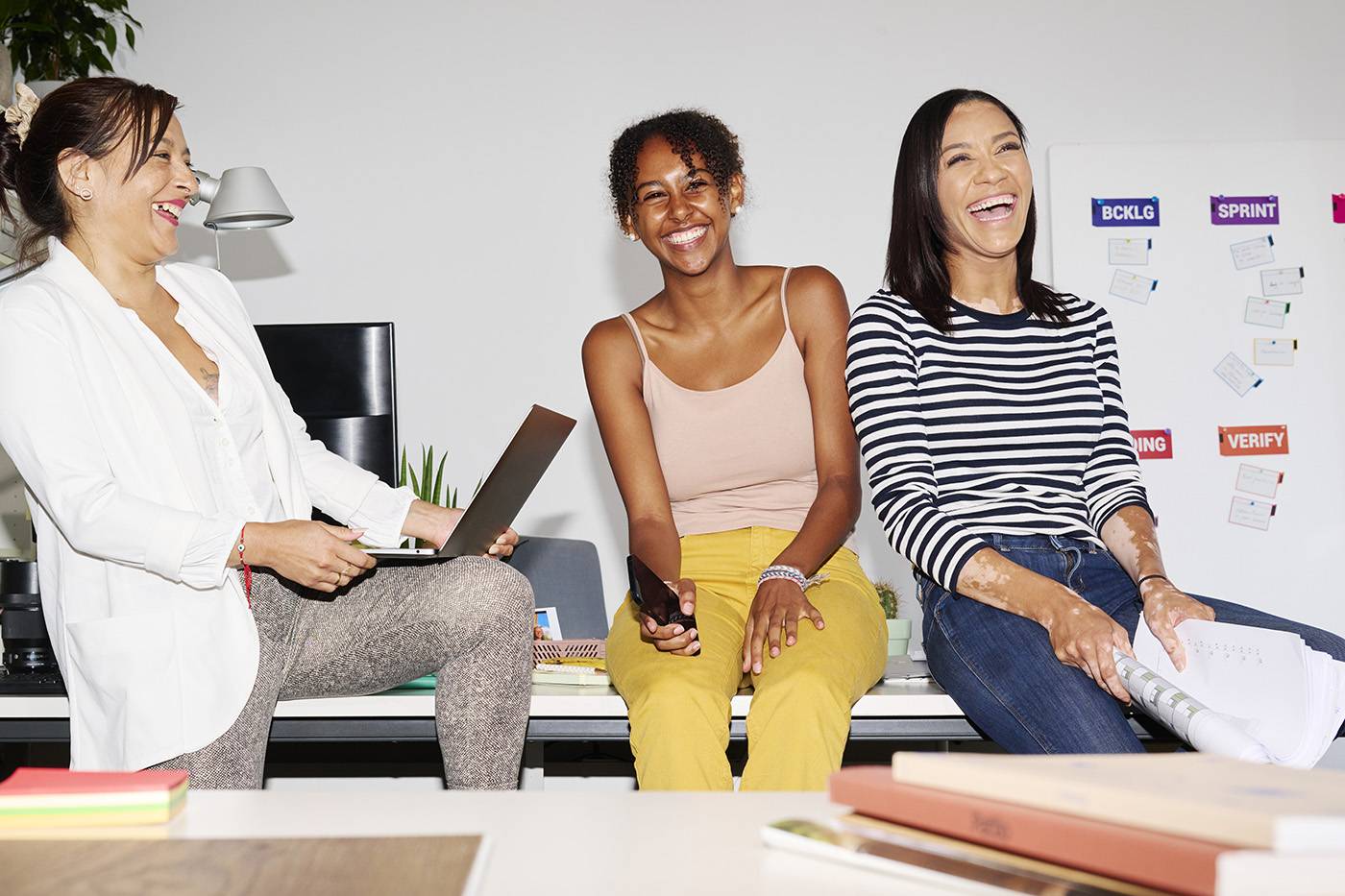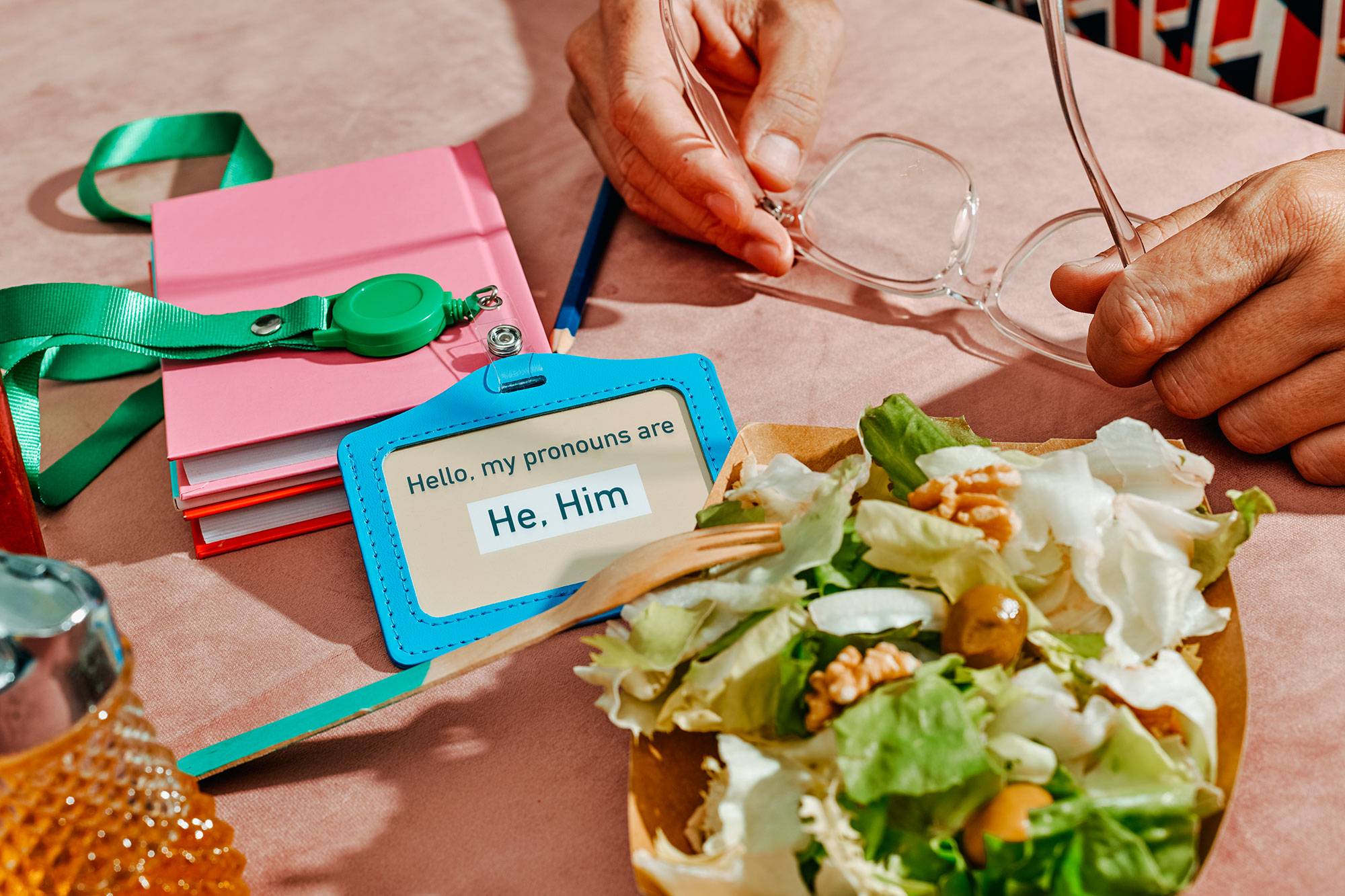Adam is a multidisciplinary artist who is at the forefront of helping the world visualize the impact of climate change and what is being done against it. Read along to see what drives Adam to create the content they do and how they got deeply involved in documenting our changing world.
Your portfolio and art cover an extensive range of work that often sits at the forefront of the climate crisis and what people are doing to reduce or counter the change. What drove you to start capturing this topic and involvement and how did you get so deeply involved?
My starting point was a Film Australia shoot on the atoll of Tuvalu in 2003, just as it started to sink beneath the rising waters of the Pacific. Back then I struggled with the question of how to visually represent a problem that eluded our senses. Caused by invisible gasses, the effects of climate change are felt elsewhere and elsewhen. Twenty years later it’s much easier to show these impacts unfortunately. The science has been settled for some years so what I think we need now is images and stories that convince the person-in-the-street of the urgency and achievability of action, whilst also offering new visions for thinking about the environment and our place within it.
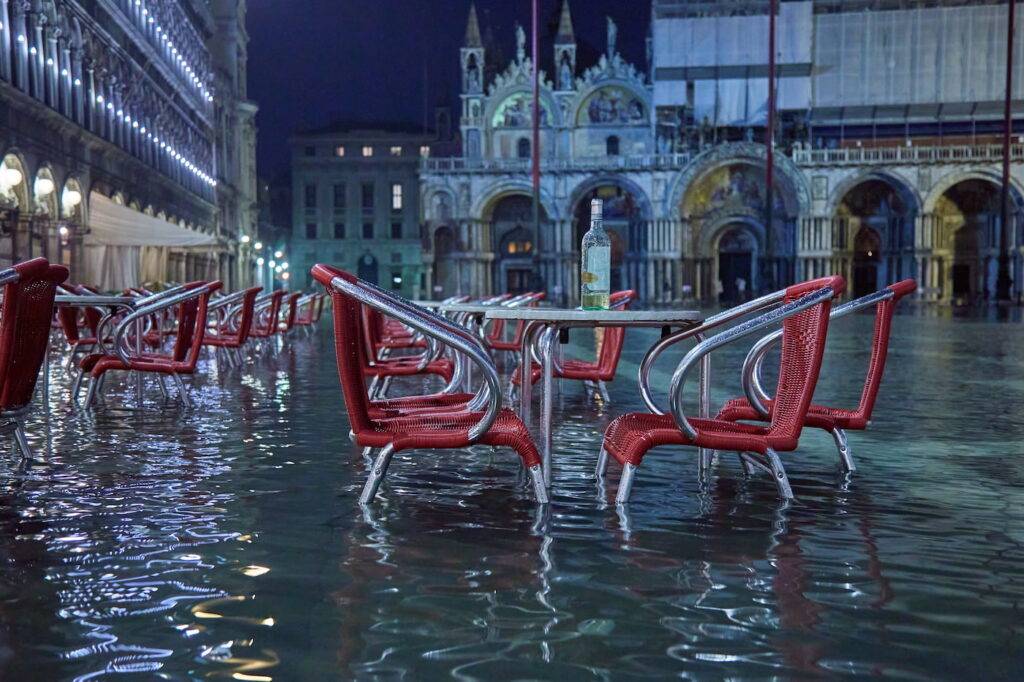
If other artists would like to get involved with the climate change movements or reduce their negative impact on the world, what are some projects or ways you would suggest looking into?
An effective action for individuals in democracies is voting for representatives who will act urgently according to the scientific evidence. But also having one less child makes a huge difference, as does traveling fossil-free, changing to green energy and to a plant based diet. Artists might offer images to citizens’ climate action groups for free, since innovative visual communication is so important.
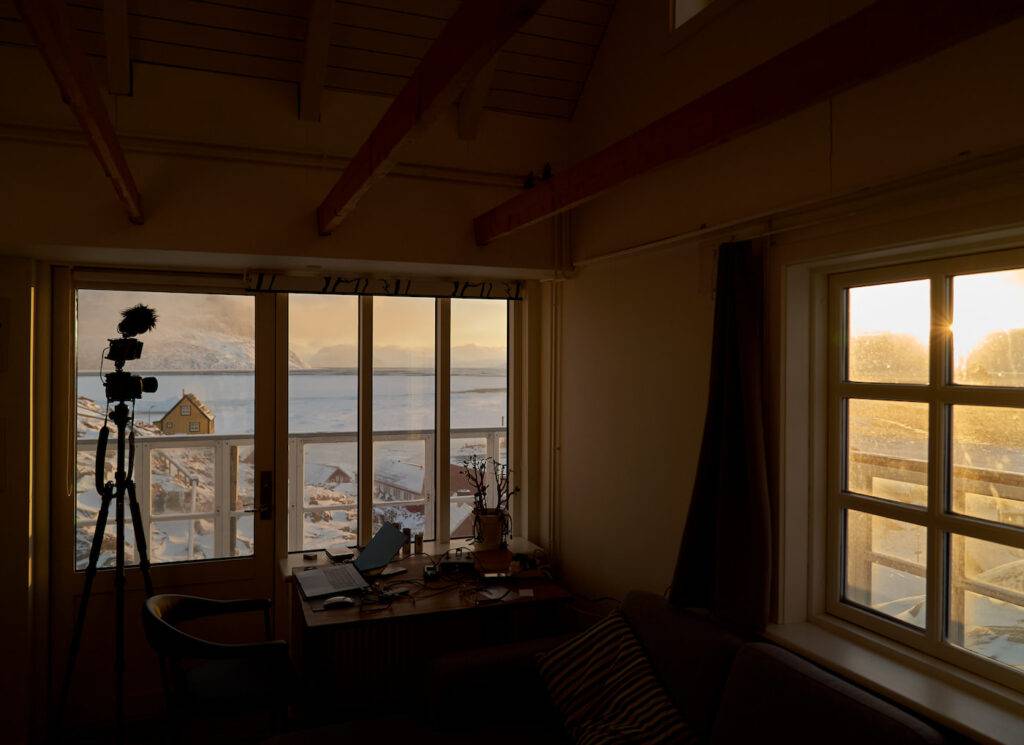
It can sound conflicting when we say that you capture beautiful work that shows the harsh reality and the impact of global warming. How do you balance these two opposites as an artist?
The “apocalyptic sublime” has been alluring for artists since medieval times. And there’s more and more apocalyptic scenes to show unfortunately: I recently documented melting Swiss Alps glaciers mummified in blankets to slow their inevitable death. But it doesn’t move us to where we need to be; it may even risk communicating “it’s too late”. In reality it’s not too late to make global warming slightly less terrible for our future ancestors, though that window will close fast if we don’t halve emissions by 2030.
While it’s tempting to focus on the destruction caused by humans (only some humans, not all!) it’s compassion for others — both human and non-human — and the ability to visualize a better future that I think we need to see more of. There’s research by climate psychologists that encourages communicators to flip the message about saving the planet from being an altruistic act of sacrifice to being a pleasurable one. The simple happiness of cycling instead of driving, eating plant based diets, or switching to 100% renewable energy, for example.
To follow up on the previous question, how has witnessing the climate emergency so up close impacted you personally?
I came close to being the first person to drown right in front of St Mark’s Venice when I was caught, alone, around midnight, in the city’s worst flood disaster in late 2019. Everything happened so suddenly and violently. That’s the thing with climate change: the extremes become much more extreme. Another pivotal moment for me was making an artwork, AnthropoScene IV, in Greenland where I sawed off the amount of sea ice my flights there were calculated to destroy. As I floated out to Baffin Bay atop 15.69m² of sea ice I realized that nature owes us nothing; we’re top of the food chain, so if we disappear, homeostasis (call it Gaia if you will) would eventually rebalance the planet. Of course by then we would have caused suffering for so many generations of living things who were not responsible for this situation; so it’s hardly a comfort.
Besides capturing the negative side of the changing climate, you also capture projects that are having a positive impact. From the geothermal power plants and carbon capture stations in Iceland to floating solar panels in Alpine lakes in Switzerland. Can you tell us about your favorite projects currently being worked on?
Some of them look pretty cool I’ll admit but I don’t want to suggest we should happily apply techno-fixes to get ourselves out of this problem! Unbridled faith in our mastery of nature was what got us into this situation. Massive leaps in solar efficiency do give me hope but I think geoengineering projects such as carbon capture are interesting mostly for their hubris: engineering our way out of the emergency to avoid addressing its fundamental causes. Personally I’m a big fan of capturing carbon by tree planting — in person or with a community; getting your hands dirty. Not just ticking a box labeled “offset your emissions” since that doesn’t stop the emissions happening and allows rich people to continue business as usual, guilt free.
You mentioned that you are about to leave on your next trip. Can you tell us more about this trip and your prep and planning? Do you set out with a certain idea of what you want to capture, or will you go there and let the reality dictate what you capture?
Well I was marooned in the Arctic for over 18 months when Australia closed its borders during Covid-19: one of 30,000+ Australians locked out of our own country! So while it’s good to be home, I’m determined to return my focus to the Pacific, which is bearing the brunt of a problem they didn’t cause. Though it’s less carbon-intensive to film in my own backyard, today I ordered 80 seedlings to plant when I return (approximately 15 Eucalyptus soak up one tonne of CO₂) to cover this and another journey.
But I guess you mean artistic preparation, right? I read academic research to find out what’s happening where: climate change causes, effects and responses. Then I find a location that is most likely to encapsulate that in rich visuals and give myself some weeks there to meet people, understand the backstory and try out visual approaches.
If you could execute any idea — with no budget restraints or logistical limits — what would it be?
A multi-screen video exhibition that brings together the footage I have of the climate emergency’s causes, effects and solutions in the one space. So the audience would stitch these concepts together as they move between the screens. Film as architecture and as thought.
Do you have any hidden talents besides creating your wonderful work?
With my sister I co-founded the world’s first competition for vertical video in 2014. Incredibly, only a dozen or so vertical short films had been made back then but the “Vertical Film Festival” became a place for filmmakers to try out ideas and develop a new filmic language that took into account its limitations and opportunities. After our 2018 Festival, Meta (as it’s now called) took me on a speaking tour to its staff around the world to explore the burgeoning format. I delivered a 500 year art-history lecture mixed with cinematography theory and social critique to suggest we should never limit artists to any particular aspect ratio. I think I surprised them a bit by proposing circular as the most versatile (and original) screen shape — and an inevitability of screen evolution in my opinion!
How do you ensure that your work stays enjoyable and that you don’t burn out on creating new content?
Because I’m dealing with real life, and a particular issue I believe passionately in, I don’t think there’s any risk! Primarily I’m shooting for my own art practice; so the shots I sell I think of as “recycled” footage.
What is the one bit of advice you wish you knew from the start?
My last shoot in Arctic Greenland was tricky not just because of the polar night but simply because everyone had logos on their clothing! So this time I’ll be carrying a roll of black gaffer tape along with the water purification tablets, vaccination certificates and release forms…
Creative blocks can happen to everybody, what works for you to get out of them?
I sometimes listen to a piece of music that encapsulates the mood of the concept — and then imagine what cinematic scenes it suggests to me.
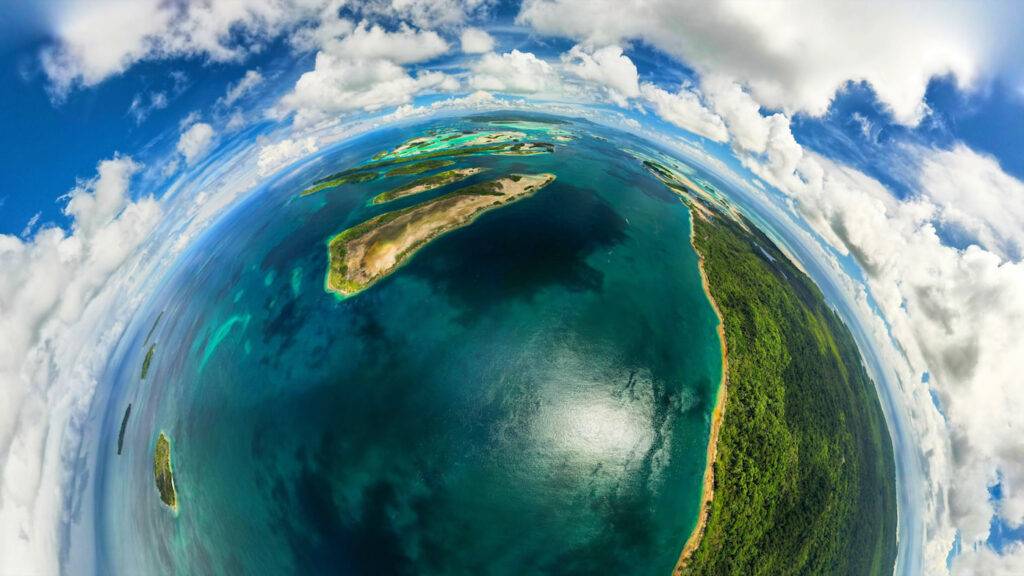
Is there something that you can not go without while creating new work? And why is this so important?
Research. I want to know the backstory, the ideas that, even if they’re invisible in the shoot, are underlying everything. Then I write a one sentence hypothesis describing what I want to communicate, to help me focus when faced with too much material. I can always ask myself, how would this shot relate to my hypothesis?
Do you have any advice for creatives just starting at stock media?
If I could return to the climate crisis: rather than recycle the same old tropes, try to tell new stories. The non-profit organization Climate Visuals makes this point very well. (It’s worth reading their audience research too.) Because solving the climate crisis requires new ways of thinking. For better or worse we live in a world that celebrates the primacy of the image, so a strong image can carry hearts and minds. And I think that’s what we need to set up the conditions for truly sustainable change.






